45 years of safer homes and stronger communities
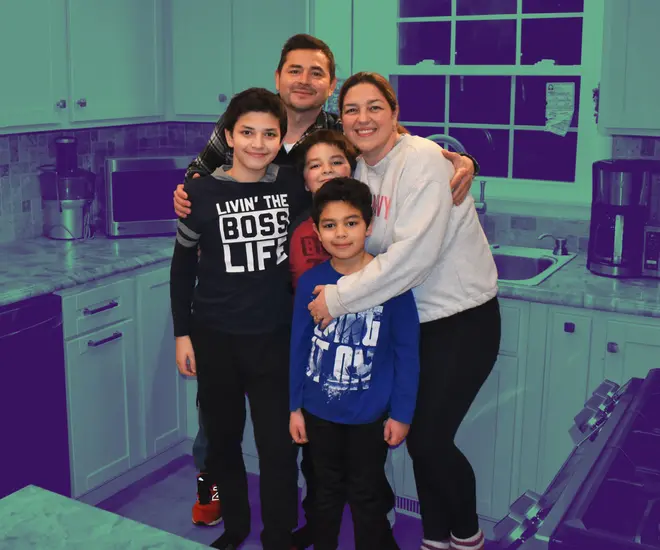
Overview
Investing in safety
Dealing with a bad set of stairs was just a way of life for retired couple Mark and Sandy Thrush. Both had fallen several times on the steps leading into their Michigan home, but living on a fixed income meant there was no money for repairs. That’s when they reached out to Home Repair Services (HRS). The local nonprofit offered to build “walker steps”—steps that are deep enough to accommodate a walker since there wasn’t enough space for an access ramp.
“The new steps have been such a blessing,” says Sandy. “I like to walk around the park with my walker for exercise, and it is so much easier now to get in and out of the home. And no more falls!”
By coming alongside homeowners to maintain and update their homes, HRS helps residents preserve their largest investment while keeping them safe. The effort benefits not only each family but the community as a whole.
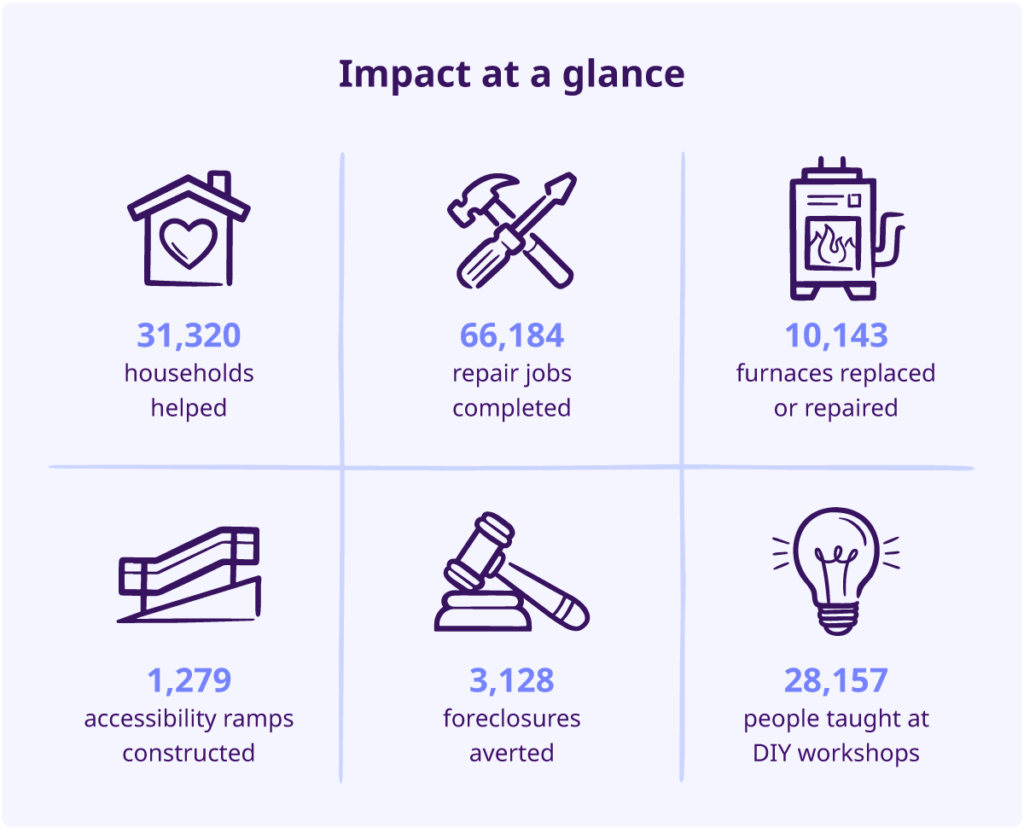
Challenges
The costs of home maintenance
Studies have shown that homeownership creates more stable communities, civic engagement, and greater educational achievement. However, the cost of maintaining a home can often be prohibitive, amounting to 1% of a home’s value every year.
A new study from Bankrate found that residents can experience $13,000 in hidden costs for a home in Michigan, the state where HRS operates. The organization and its partners have served members of the community for 45 years by offering discounted repairs and inspection services and providing classes on DIY fixes and financial literacy.
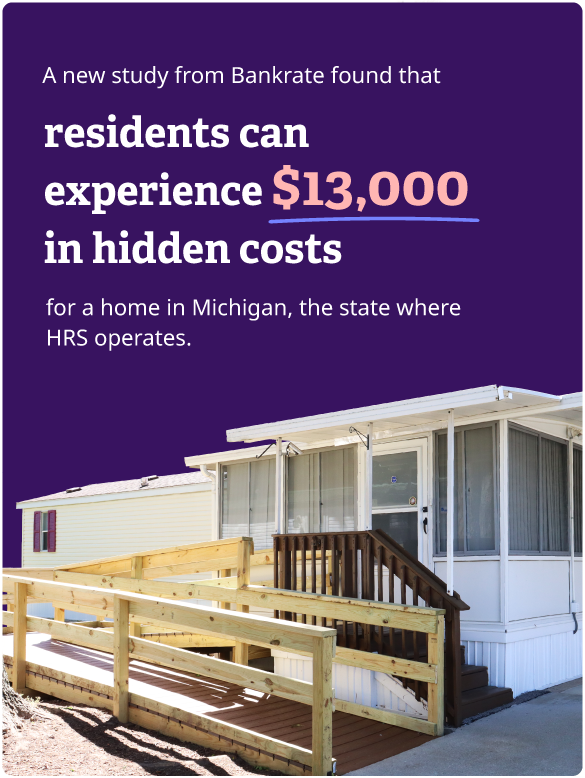
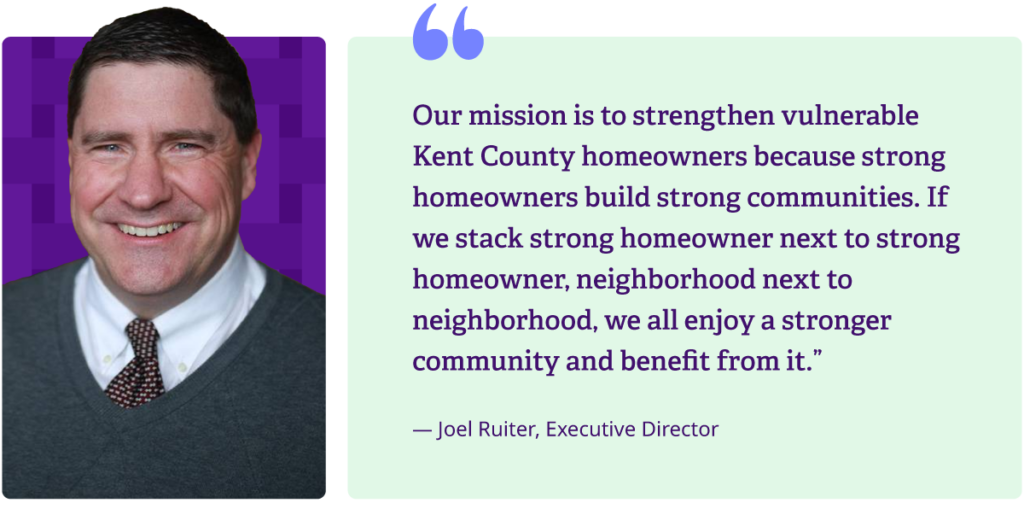
Michigan is known for brutal winters, so when someone’s furnace goes out, the result is nothing short of an emergency, both for the person and the structure, which could suffer further damage like frozen pipes. “An ounce of prevention is worth 10 pounds of cure,” says Joel. “It’s why people want to invest in this work—it’s smart, it’s proactive.” Clients typically pay about 15% of the cost of the repair, which helps them prioritize projects and also gives them the dignity of contributing to the health of their home.
HRS volunteers include licensed professionals, individuals, and community groups who help by doing home repairs, building benches, kitchen cabinets, and access ramps, and doing administrative work.
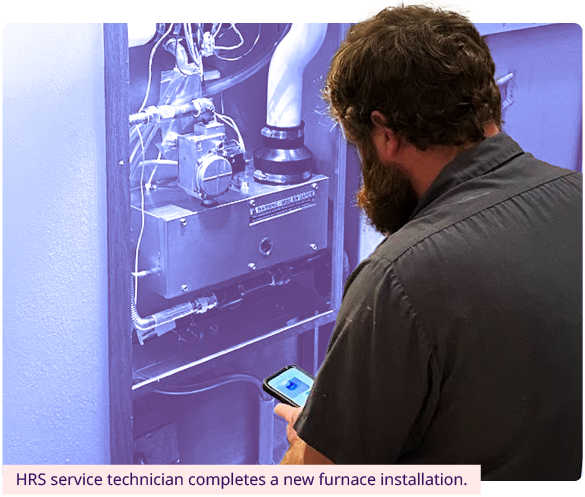
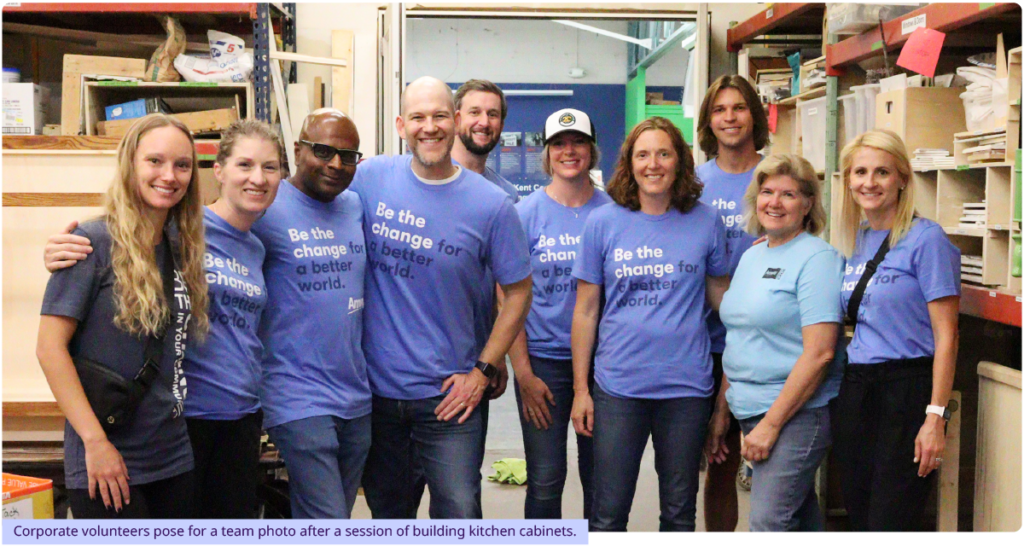
Solutions
Making connections
The organization has made incredible progress over the years, but while its community members’ homes were being dutifully tended, HRS’s own internal systems were becoming outdated and cumbersome.
In 1992, HRS built custom databases for intake data, cost tracking, client information, and fundraising. Tech that had felt transformative became onerous to run over time. None of the communications flowed through the CRM, and there was no dashboard reporting. Online giving was not connected, so any gifts had to be manually added to the database, and communications existed on their own island.
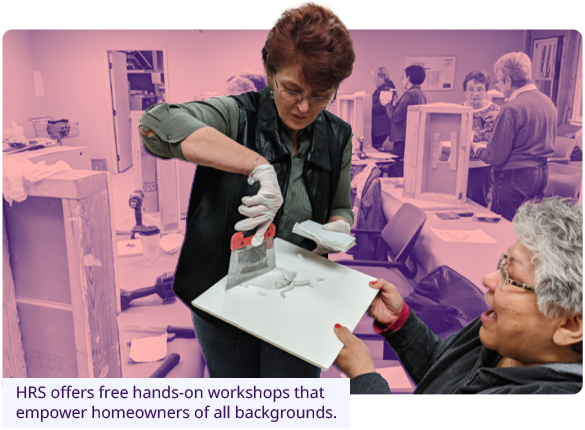
The long list of inefficiencies required more time and resources than available, taking away from the organization’s mission to help people.
After engaging Bonterra Network for Good in 2017, many of Home Repair Services’ pain points were alleviated. Outreach has been streamlined and waivers are now signed and tracked with the software. “It was a huge jump forward for us—in terms of the bells and whistles, the capacity, and the efficiencies it’s given us,” says Joel.
Plus, they can monitor open rates to emails, which offer insight into what’s valuable to recipients. For example, HRS sends out event photos as part of their thank-you communications to groups who donate their time. It takes a lot of effort to put those packages together, so it’s helpful to see whether recipients are viewing the photos.
“That wasn’t information we could track before and never have a sense for—was it valuable to people? Was this a capstone of the experience? You just didn’t know,” says Joel. “Those are the kinds of things that we have found to be so helpful.”
Maintaining communication with volunteers is especially valuable to Home Repair Services as it eyes its next generation of donors—those who have participated in group projects as young people.
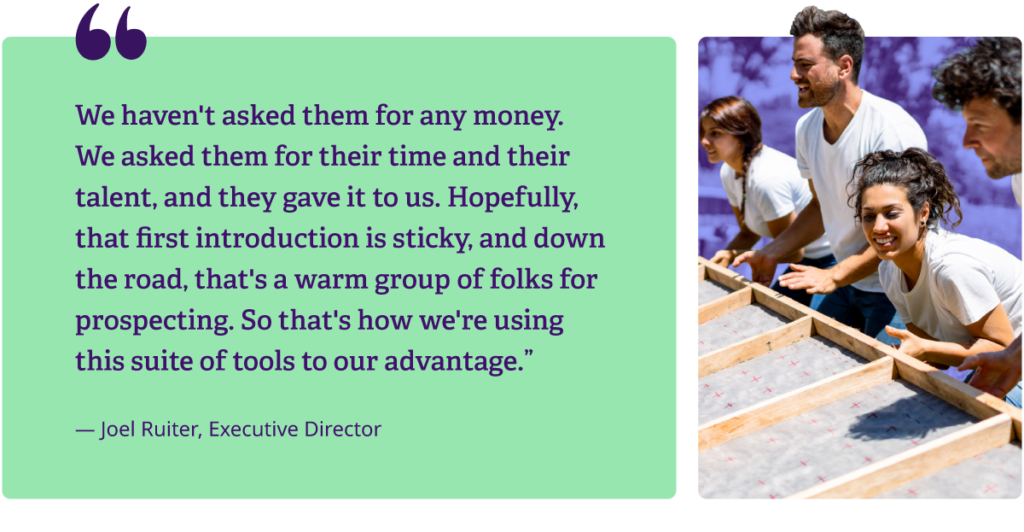
Bonterra’s positive outcomes have been encouraging for HRS, and the organization plans to update more of its legacy systems in the near future.
Impact
Building a brighter future
At the beginning of every leadership meeting, the HRS team recounts recent success stories. Inevitably, some outcomes rise above the rest as particularly illustrative of the power of lending a helping hand. Joel recalls the story of a single mother in the community who bought her home for $1 from a HUD foreclosure in 1991 and sold it for more than $250,000 in 2022. The support she received from HRS over time helped her take care of her house and grow it into a valuable asset.
Building generational wealth is just the icing on the cake for an organization that keeps homeowners safe, neighborhoods strong, and families thriving.
“We’re often stressing that it’s a compassionate, community value—we’re not going to have seniors living in homes without a functioning furnace,” says Joel. “But it’s also a pretty significant game-changer for families who may not have had homeownership as part of their journey.”
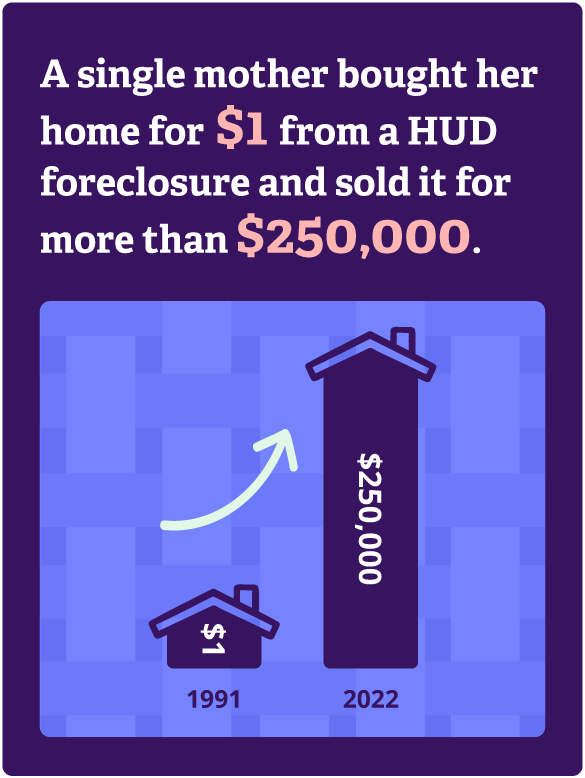
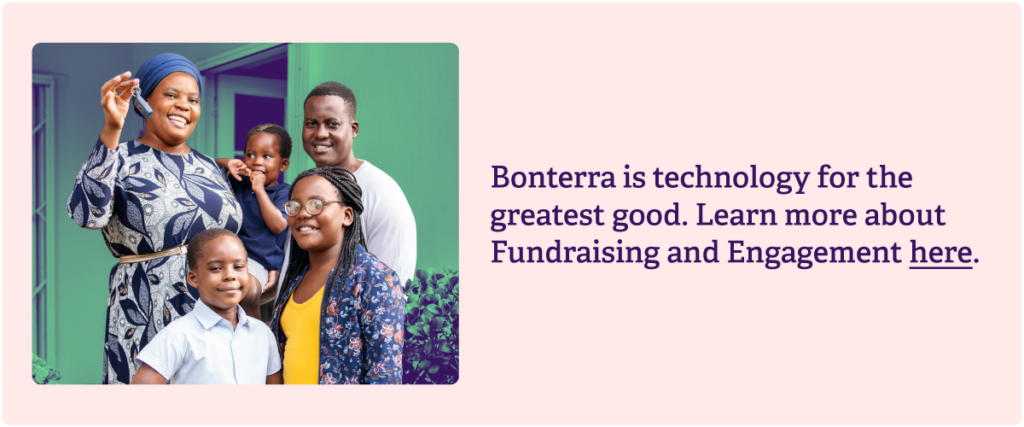
Work with Bonterra



